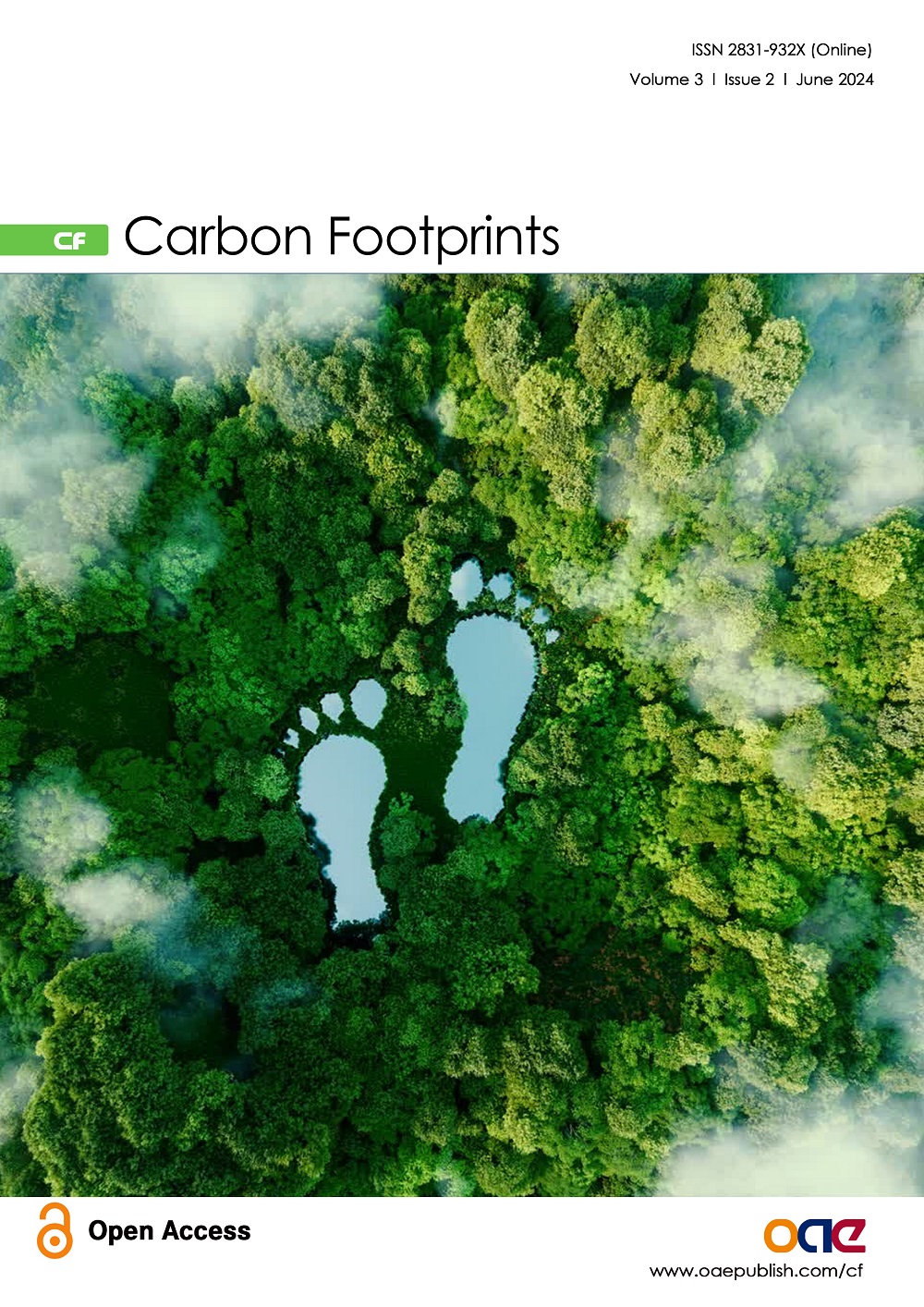Volume 3, Issue 2 (June, 2024) – 5 articles
Cover Picture: Electric vehicles play a crucial role in the carbon neutrality transformation of urban transportation, provided that they are powered by electricity generated from renewable (rather than fossil-based) generation sources. However, the substantial indirect emissions from electric vehicle air conditioning energy consumption and the significant direct emissions from HFCs (hydrofluorocarbons) refrigerants pose considerable challenges. In order to identify low-GWP (global warming potential) refrigerants -such as R1234yf, R744, and R290 - that can effectively minimize carbon emissions while maintaining certain cost-effectiveness, this paper establishes the relevant life-cycle analysis and life-cycle cost analysis models for electric vehicle air conditioning. The results obtained show that, in 2022, the total carbon emissions of China’s automotive air conditioning fleet were approximately 162 million tons CO2-eq. The nationwide average carbon emissions ranking of various refrigerant heat pumps is R290 < R1234yf < R744 < R134a. The Net Present Value (NPV) of the life cycle cost for R134a electric vehicle heat pump is estimated to be around 11,500 yuan. Among the three low-GWP refrigerants, the life cycle cost of R290 is significantly lower than that of R134a under nationwide average conditions, while R744 exhibits the best life cycle performance in certain cold cities/regions.
view this paper 








